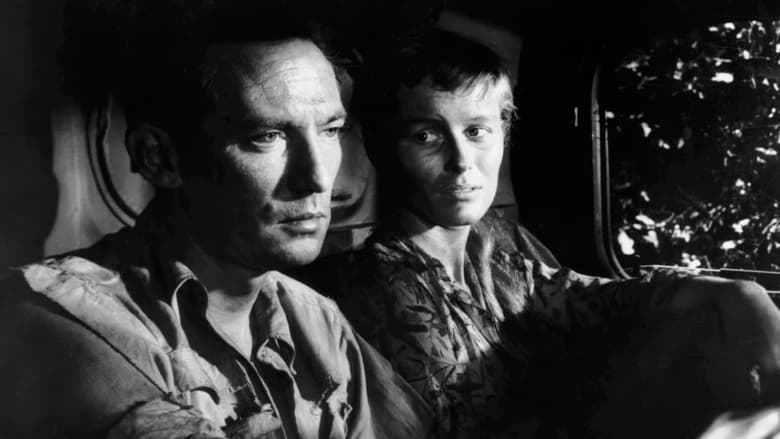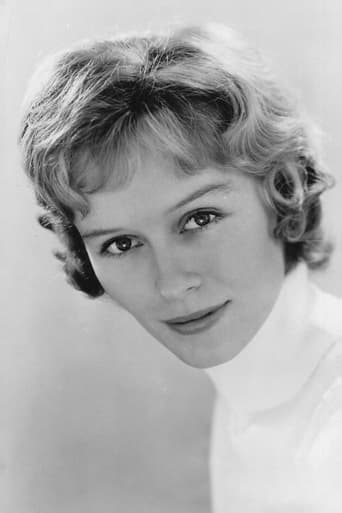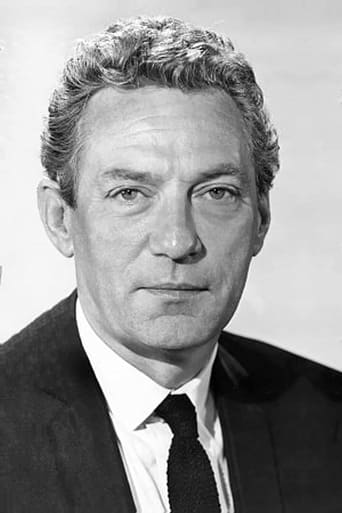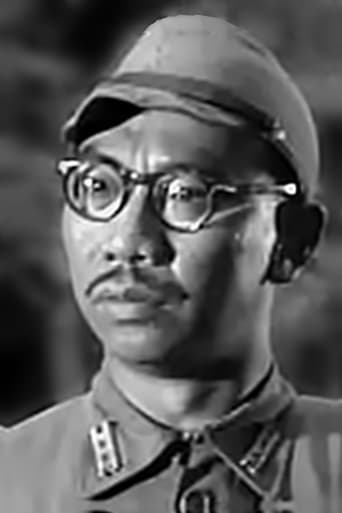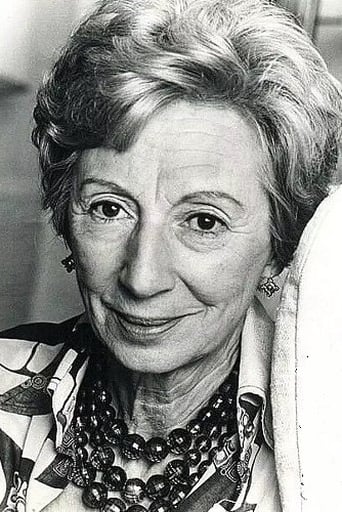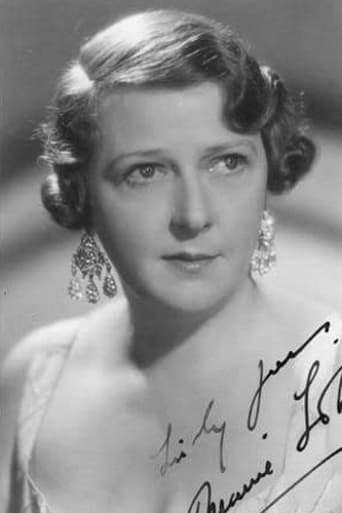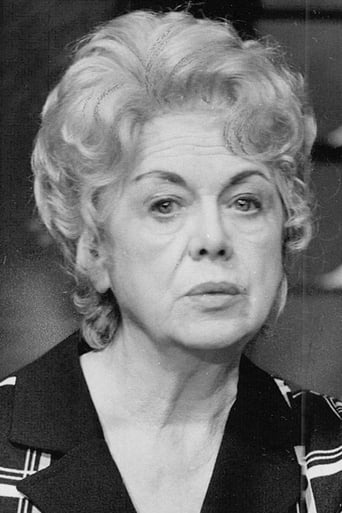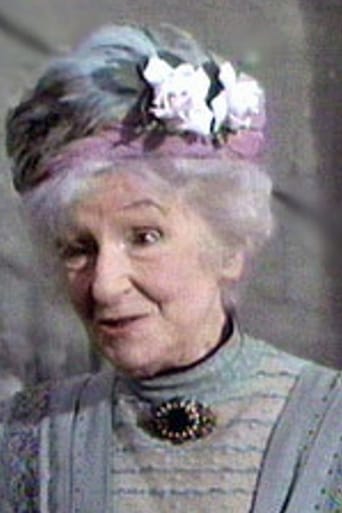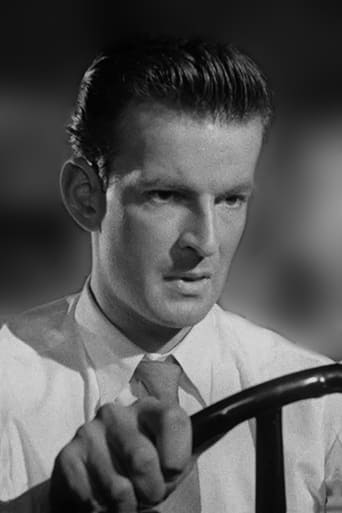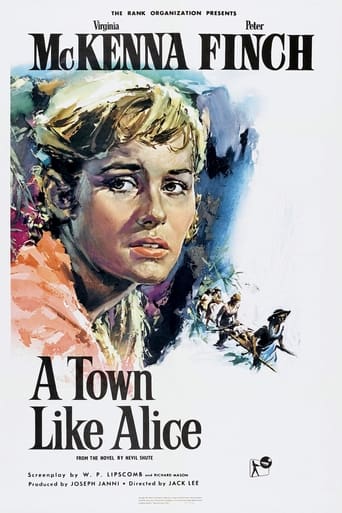
A Town Like Alice
September. 20,1956 NRIn 1941 Malaysia, the advancing Japanese army captures a lot of British territory very quickly. The men are sent off to labor camps, but they have no plan on what to do with the women and children of the British.
Similar titles
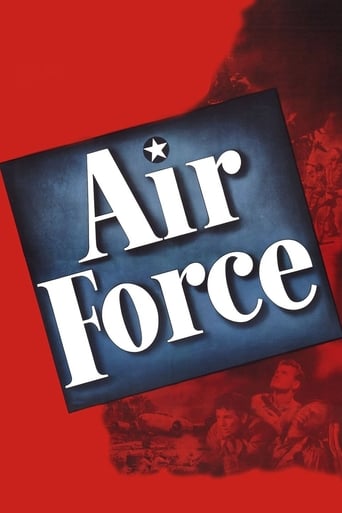


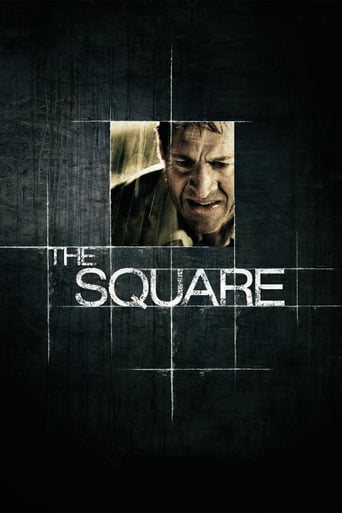
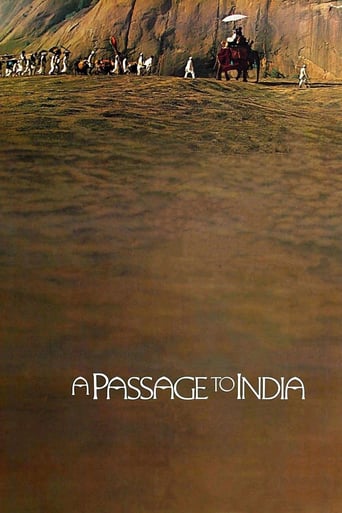
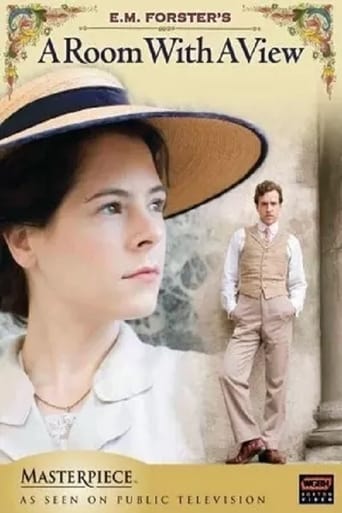

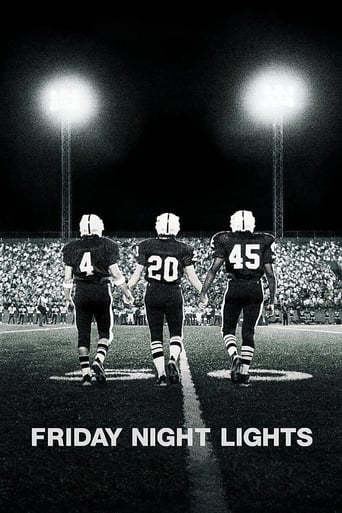
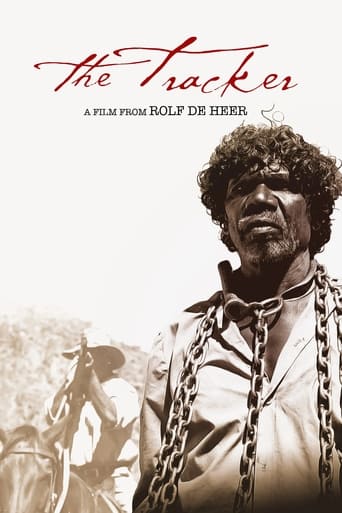
You May Also Like
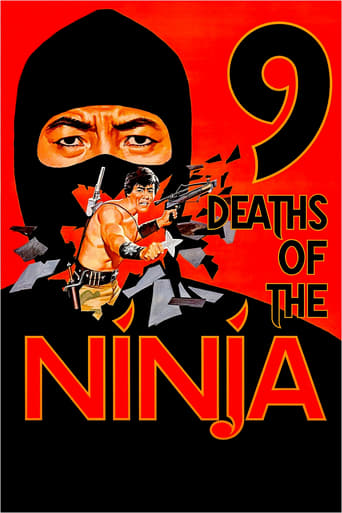
Reviews
Highly Overrated But Still Good
Don't Believe the Hype
Let me be very fair here, this is not the best movie in my opinion. But, this movie is fun, it has purpose and is very enjoyable to watch.
Although I seem to have had higher expectations than I thought, the movie is super entertaining.
Despite really liking the work of Virginia McKenna and Peter Finch, I never saw, or, even knew of this movie until yesterday!?!?Filmed mainly on location in Malaya (also, the United Kingdom and Australia), this movie (story) depicts just how kind and rotten people can be towards one another during a military invasion...how desperation can bring out the best and worst in people.The movie immediately grabs your interest by forcing you to decide whether the Japanese did these women and children a favor by separating them from their men who're sent to a prison camp (history buffs know how Japanese prison camps were); or, were cruel and sadistic by giving them what seems like freedom, but, sentencing them to an endless plight of attrition where "survival of the fittest" applies all-too-well.Much like "Lord of the Flies," these women begin forming somewhat of a pecking-order where Jean Paget (Virginia McKenna) is obviously the leader of the bunch; but, how strong many of the other women are. Also, how weak one is by saving herself by becoming a collaborator.Joe Harmon (Peter Finch) is a captured Australian POW who takes a great interest in helping these women, especially Paget, and, how he risks his life to do so.There's even a sympathetic Japanese sergeant who's escorting the women and children along their trek, and, helping them. They, in turn, help him.I could write much more, but, this is as much as I feel like writing because I don't wish to ruin any details for the viewer. I choose to keep this a movie review, not a movie report.A great movie based on a true story.
Shown in flashback this film tells of the wartime experiences of Jean Paget, a young secretary working in Kuala Lumpur when the Japanese invaded Malaya. She flees south towards Singapore with her boss, his wife and their three children, one a babe in arms. They don't get very far before they are captured by the Japanese along with several other English families who were waiting for a boat. The men are taken into custody and the women are told that they must march fifty miles back to Kuala Lumpur where they will be put on a train south. When they get there, there is no train and they must walk south again; each time they get to were they have been told to go the Japanese tell them they can't stay there and must walk somewhere else. On one such walk they encounter a couple of Australian prisoners who have been forced to maintain and drive a lorry for their Japanese captors. Jean befriends one of them, Joe, and as they get to know one another he talks about the town he lives in; a small town near Alice Springs in the middle of Australia. As their treks continue people start to die; from exhaustion, from illness and even from a snake bite. Sometimes things look a bit better such as when Joe steals some chickens for the women; this only serves to lead up to a particularly gruelling punishment where the women are forced to watch as the Japanese crucify him.The way the film was shot let us know that Jean would survive the war but that didn't make the film any less gruelling; certain characters who one would expect to survive a film like this don't which comes as quite a shock. It was good to see that the Japanese weren't all depicted as monsters; the unnamed Sergeant was not unkind to them although the same cannot be said of Capt. Sagaya who was a brute. The environment they had to walk through was just as brutal with snakes, no clean water and malarial swamps to be crossed before they could get to safety. The beautiful Virginia McKenna does a fine job as Jean and Peter Finch is also good as the happy go lucky Joe. Thankfully after the long and arduous trek through the jungles of Malaya there is an upbeat ending which I won't spoil. This film is will worth watching for anybody interested on movies about the war; it is certainly different from most as there is no combat to speak of.
Well acted, but tediously grim war drama without relief of any kind. Very reminiscent of an earlier prison camp film, THREE CAME HOME, starring Claudette Colbert in 1949. The latter film at least was better paced and had even more human interest value in its telling.It takes over an hour before the relationship between Virginia McKenna and Peter Finch becomes more of a focal point. Before that, the prison camp scenes are relentlessly harsh and ponderous while showing the indifference of the Japanese in Malaya to the plight of women who are forced to march too many miles in an effort to find a suitable prison camp. The hardships become an endurance of patience for the viewer too. The only upbeat moments come during the last fifteen minutes. The story becomes more engrossing midway as Peter Finch assumes more of a role, but it's not an easy film to watch. Much of the strong drama is undercut by failure to make the most of crucial scenes and practically no development of their Japanese tormentors. By comparison, THREE CAME HOME had much stronger emotional ingredients and conflicts to deal with in the relationship between the main character (an American woman) and the Japanese commander, an intelligent man who was in constant confrontations with the woman over inhumane treatment and cultural differences.
A Town Like Alice (1956)A remarkable movie, completely under everyone's radar, about a group of English women in Asia during World War II. They suffer under the hands of the Japanese not as prisoners, quite, but as refugees caught between captors. Having nowhere to go and no one to protect them, they end up walking and walking, through jungle and no-man's land, past actual POW camps and through native villages, until gradually they start to die from the hardship.Mixed into this really vivid and heartbreaking drama is a love affair between a passing Australian soldier and one of the women. The man is a prisoner of the Japanese who seems to have some freedom because he can fix things for them, and he crosses paths with the women a few times over the years. Years, yes. The movie moves quickly through a long period of war. This is the real war for most people, the occupation by the Japanese and their arrogance, and the patience and impotence of ordinary people. It is told with alarming frankness. I mean, it's still a movie from the 1950s, not a documentary, but the plainness of the actors, the relatively low budget of the film, and the location shooting all make for a convincing final product. It's amazing, at times, and heartwarming as much as heartwrenching. There is even the one terribly good Japanese soldier trapped by the same bigger circumstance of a war that was not his doing.The one known actor here is Peter Finch, who is marvelous, even though his role is limited. He is meant to be a bright spot in the life of this woman, and he is wonderfully bright and cheerful (a true Aussie stereotype that we all love). The book that inspired the movie is widely regarded to this day, and was written by Nevil Shute, who heard about a group of Dutch (not English) women shuttled about by the Japanese in Dutch Malaysia during the war. It turns out that they were not usually made to walk, but Shute's misunderstanding of the story led to the main drama of the book and later movie. The crucifixion of prisoners by Japanese soldiers (shown in the movie) is substantiated, however, and it's a gruesome final turn of events for the plot.There are few movies of this post-war period that really deal with ordinary suffering by ordinary people in Asia during the war (the suffering of civilians in Europe or Britain is fully shown, by contrast). This one does it well, very well. A wonderful surprise.
Top Streaming Movies











